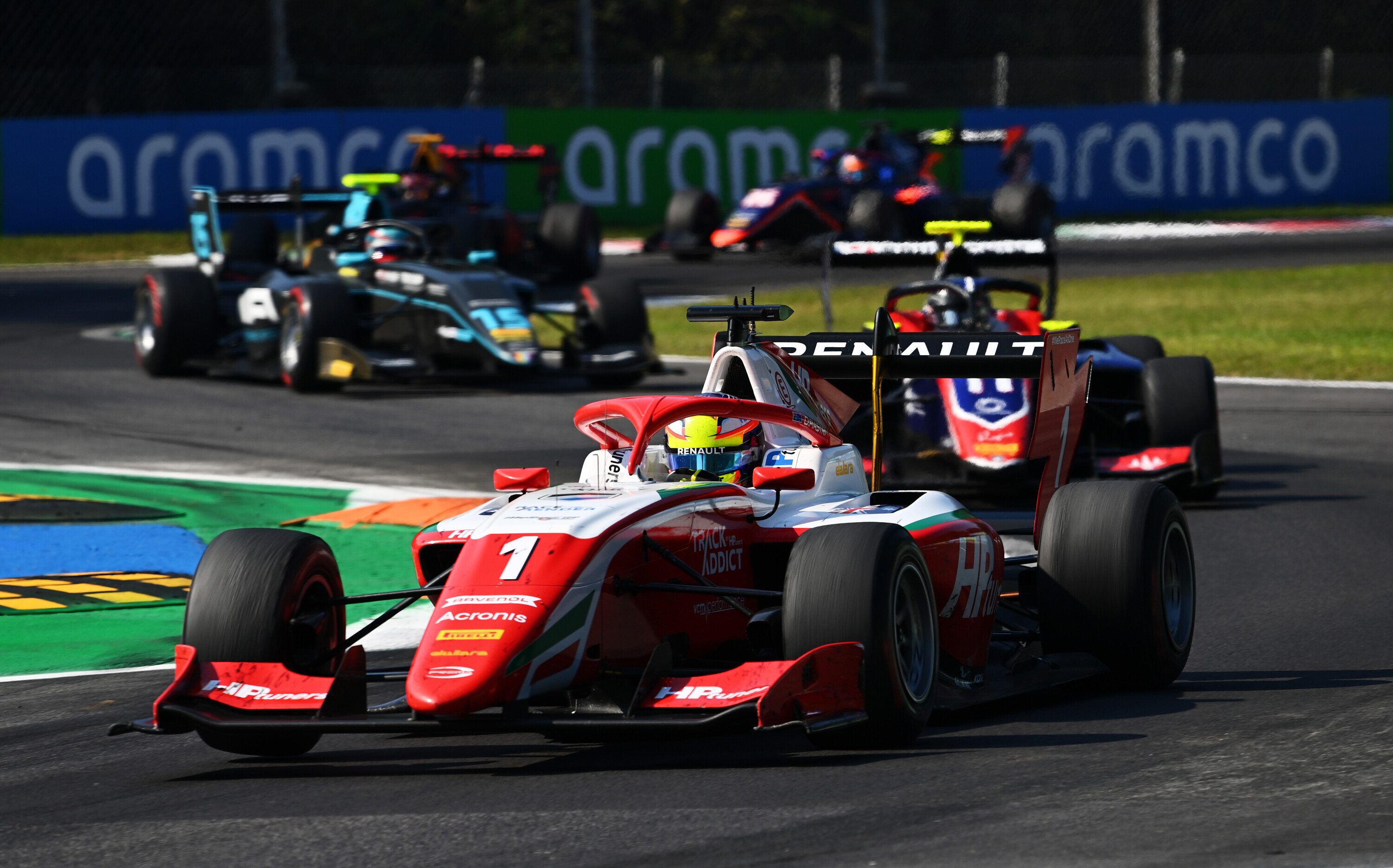HSV may have inherited the dry sump lubricating system with the Corvette’s LS9, but it had to make modifications for its installation in the W1’s engine bay.
It took the upper (separation system) and lower (pick-up and transfer piping) sections of the Chevy’s oil reservoir but features a different shape and geometry – and is positioned on the opposite corner side of the engine to the US sports car. HSV’s engineers also had to create some unique oil lines.
A dual-gerotor oil pump is carried over, integrated into on to the crankshaft and featuring separate rotors for supplying and scavenging the oil.
Nick True, HSV’s managing engineer for powertrain, says while there are multiple benefits to a dry-sump system, it’s primary aim for the W1 was maintaining constant oil pick-up during fast dynamic driving on road or track.

“In a race-car application, [engineers] might scavenge harder to get that crankcase pressure lower, but we’re not doing it for that reason.”
How it happens
- A dual-gerotor oil pump is driven off the nose of the crankshaft, and comprises a primary supply rotor and a secondary ’scavenger’ rotor. The former draws oil, via a strainer, from the bottom of the 58cm40cm-tall, cylindrical oil reservoir/tank. Here, the oil is pressurised then passed through a filter and cooler to be distributed around the engine – covering key areas including the crankshaft, bearings, camshaft and piston cooling jets.
- The W1’s oil system holds 10 litres – a generous amount that is beneficial from engine degradation, cleaning and cooling perspectives.
- Gravity then does its thing and the oil drains into the shallow sump via internal passages in the engine. The scavenger pump inside the sump sucks picks up the oil and blow-by gas (an escapee from the cylinder combustion process) and pumps it back into the oil tank via a return pipe.
- A transfer pipe in the oil tank then directs this oil/gas mixture into the oil separation system, where it’s basically projected onto the sides of the tank. Oil runs down a helical ramp, draining through slots back into the bottom of the tank, while the gas is directed towards the top of the tank and onto the intake system to be burnt. (A perforated baffle plate prevents oil droplets from taking the same journey.)
- There can be aeration in the oil running back into the tank. The large oil volume allows for an increased residence time in the tank and permits de-aeration at the surface of the oil so a de-aeration process involves venting it to the surface of the oil. Oil is then picked up again from the bottom of the tank to repeat the cycle





